Xəbərlər
-
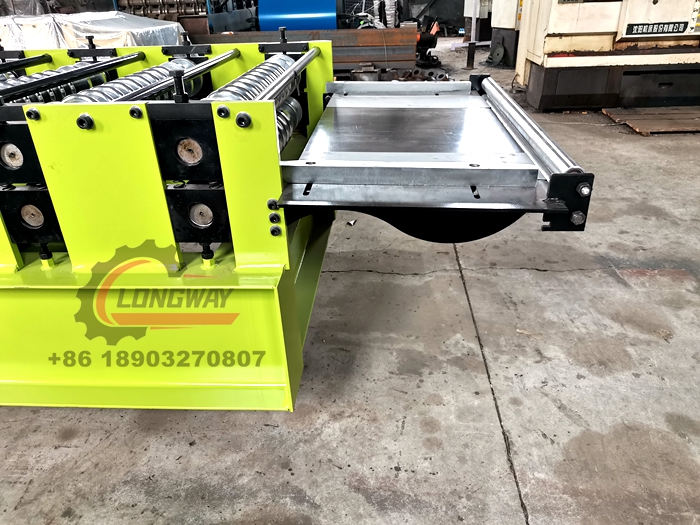 Roll forming is a process that uses a set of precisely placed rollers to perform incremental bending to a continuously fed strip of metal. The rollers are mounted in sets on a consecutive stand with each roller completing one small step of the process.Daha çox oxu
Roll forming is a process that uses a set of precisely placed rollers to perform incremental bending to a continuously fed strip of metal. The rollers are mounted in sets on a consecutive stand with each roller completing one small step of the process.Daha çox oxu -
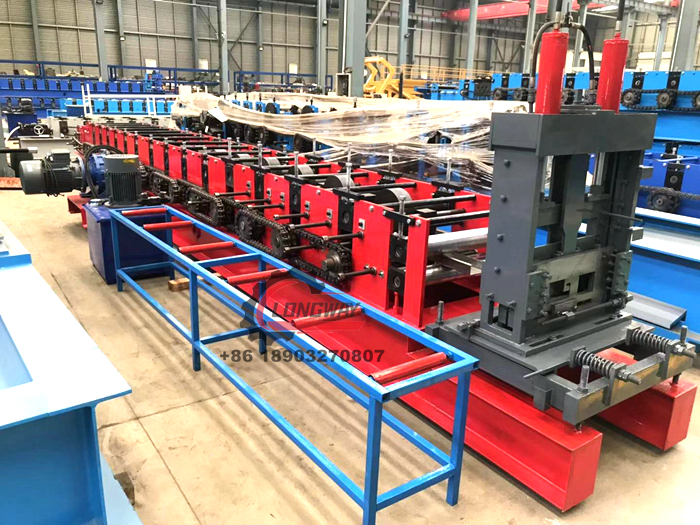 The Swell Form machine (often referred to as a fuser) is a simple, fast and low cost method of creating stunning tactile maps, diagrams, text and graphics. This machine has revolutionized the process of creating these tactile images. Using the special Swell Touch paper, simply print onto this paper as you normally would through your standard printer or copy machine (we recommend a laser printer/copier, as it creates finer lines).Daha çox oxu
The Swell Form machine (often referred to as a fuser) is a simple, fast and low cost method of creating stunning tactile maps, diagrams, text and graphics. This machine has revolutionized the process of creating these tactile images. Using the special Swell Touch paper, simply print onto this paper as you normally would through your standard printer or copy machine (we recommend a laser printer/copier, as it creates finer lines).Daha çox oxu -
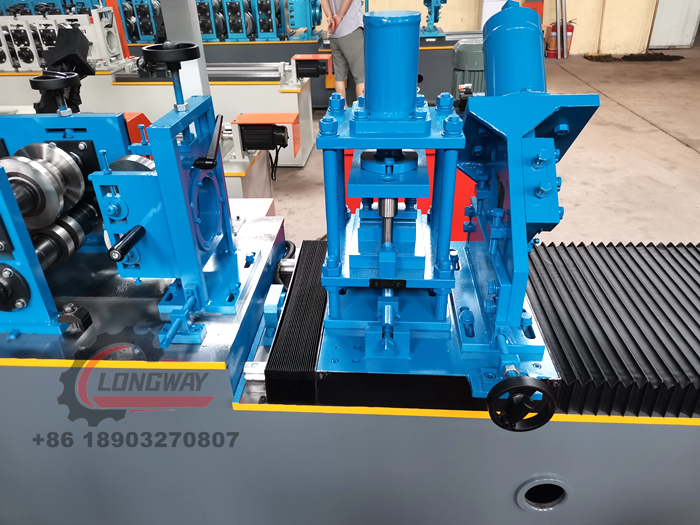 Roll forming machines are designed to form sheet metal into straight formed shapes. The process powers the flat metal through a series of continuous hardened steel rolls that shape the metal into the finished shape station by station as it passes through them. This method allows rapid prototyping of sheet metal into a variety of shapes. From simple corrugations to fully enclosed elongated shapes. The metal is gradually shaped to prevent excessive stress in specific areas. Because forming takes place by drawing, and in many cases rolling the sheet metal into coils by machine, mass production is possible.Daha çox oxu
Roll forming machines are designed to form sheet metal into straight formed shapes. The process powers the flat metal through a series of continuous hardened steel rolls that shape the metal into the finished shape station by station as it passes through them. This method allows rapid prototyping of sheet metal into a variety of shapes. From simple corrugations to fully enclosed elongated shapes. The metal is gradually shaped to prevent excessive stress in specific areas. Because forming takes place by drawing, and in many cases rolling the sheet metal into coils by machine, mass production is possible.Daha çox oxu -
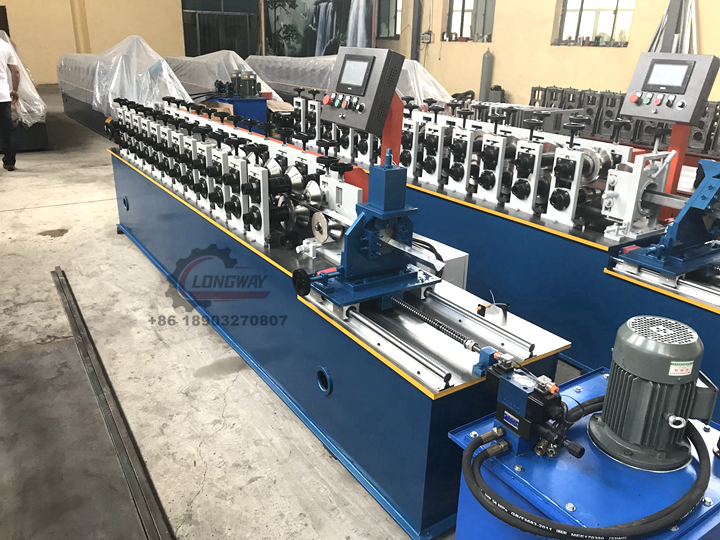 Sometimes it’s good to know when to ask for help. This is especially true when making decisions for a large business. At times, metal manufacturers hit a crossroads when trying to decide the best way to complete a project. Time and money are often two things at the front of a decision-maker’s mind, and a hyperfocus on these savings can lead to costly decisions.Daha çox oxu
Sometimes it’s good to know when to ask for help. This is especially true when making decisions for a large business. At times, metal manufacturers hit a crossroads when trying to decide the best way to complete a project. Time and money are often two things at the front of a decision-maker’s mind, and a hyperfocus on these savings can lead to costly decisions.Daha çox oxu -
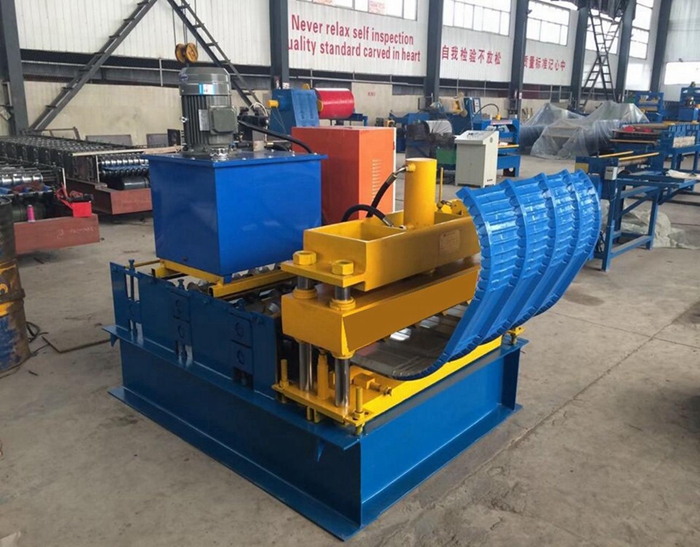 Cold roll forming machine, also known as a rollformer, is used to form high-strength steel components at room temperature and is often used to process long lengths of metal to produce a variety of metal products. The cross-sectional profile of a cold formed steel machine is typically tailored to the customer's specific needs. Also, the rollers can be adjusted to form a variety of different shapes and sizes. The process is very precise and can be used to create large quantities of parts quickly and accurately.Daha çox oxu
Cold roll forming machine, also known as a rollformer, is used to form high-strength steel components at room temperature and is often used to process long lengths of metal to produce a variety of metal products. The cross-sectional profile of a cold formed steel machine is typically tailored to the customer's specific needs. Also, the rollers can be adjusted to form a variety of different shapes and sizes. The process is very precise and can be used to create large quantities of parts quickly and accurately.Daha çox oxu -
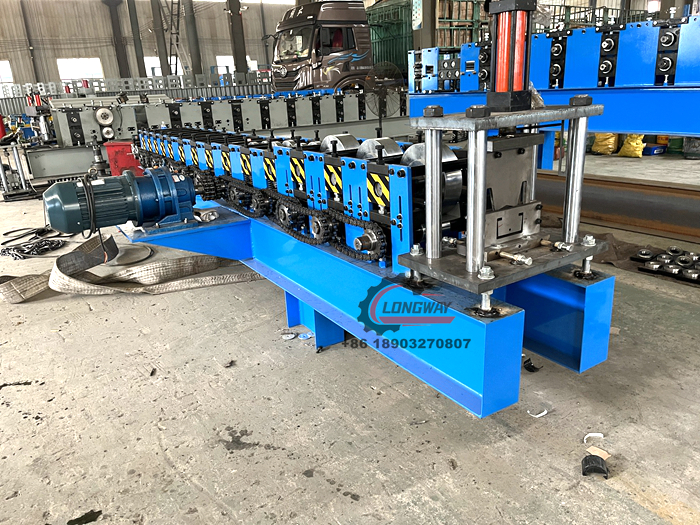 Roll forming machinery is a boon for both the quality and efficiency of metal fabrication. It allows for repeatable consistency within a product run, as well as versatility in design configurations and materials for metal parts. With wide-ranging applications from appliances and furniture to telecommunications and supports or frames for construction, this equipment produces large volumes of formed metal parts quickly, accurately, and affordably through consecutive bending stages.Daha çox oxu
Roll forming machinery is a boon for both the quality and efficiency of metal fabrication. It allows for repeatable consistency within a product run, as well as versatility in design configurations and materials for metal parts. With wide-ranging applications from appliances and furniture to telecommunications and supports or frames for construction, this equipment produces large volumes of formed metal parts quickly, accurately, and affordably through consecutive bending stages.Daha çox oxu -
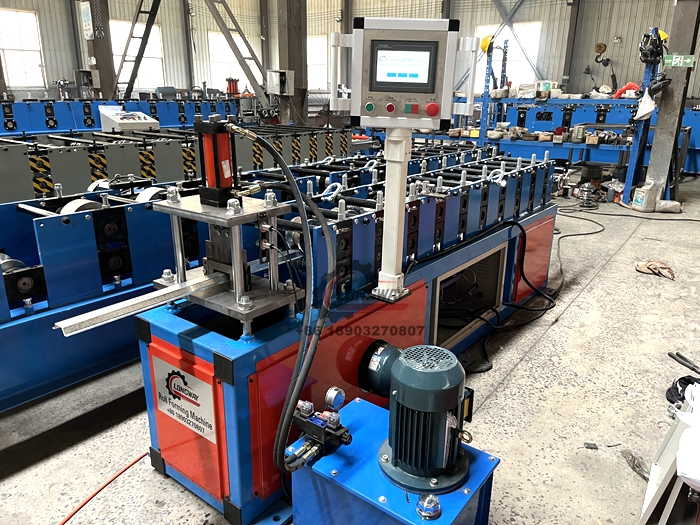 Stretch forming is a type of metalworking most commonly used in aerospace applications. During the metal stretch forming process (also known as ‘wrap forming’), metal sheets or extrusions are stretched to exceed their inherent elastic limit and formed around contoured dies to create the desired shape. This “stretching” results in an increased material yield strength and a stronger finished part. Since stretch forming machines maintain constant tension of the metal throughout the process, they minimize imperfections and wrinkles.Daha çox oxu
Stretch forming is a type of metalworking most commonly used in aerospace applications. During the metal stretch forming process (also known as ‘wrap forming’), metal sheets or extrusions are stretched to exceed their inherent elastic limit and formed around contoured dies to create the desired shape. This “stretching” results in an increased material yield strength and a stronger finished part. Since stretch forming machines maintain constant tension of the metal throughout the process, they minimize imperfections and wrinkles.Daha çox oxu -
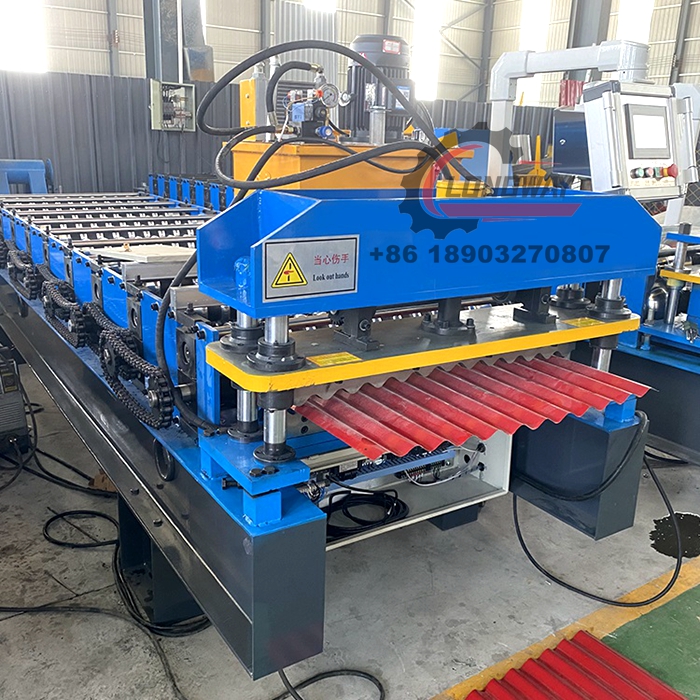 Mobile Precision: Unleashing Efficiency with Portable Standing Seam Roof Panel Roll Forming MachinesIn the era of technological marvels, the "Portable Standing Seam Roof Panel Roll Forming Machine" emerges as a game-changer in the construction industry, bringing unparalleled efficiency and precision to the fabrication of roof panels.Daha çox oxu
Mobile Precision: Unleashing Efficiency with Portable Standing Seam Roof Panel Roll Forming MachinesIn the era of technological marvels, the "Portable Standing Seam Roof Panel Roll Forming Machine" emerges as a game-changer in the construction industry, bringing unparalleled efficiency and precision to the fabrication of roof panels.Daha çox oxu -
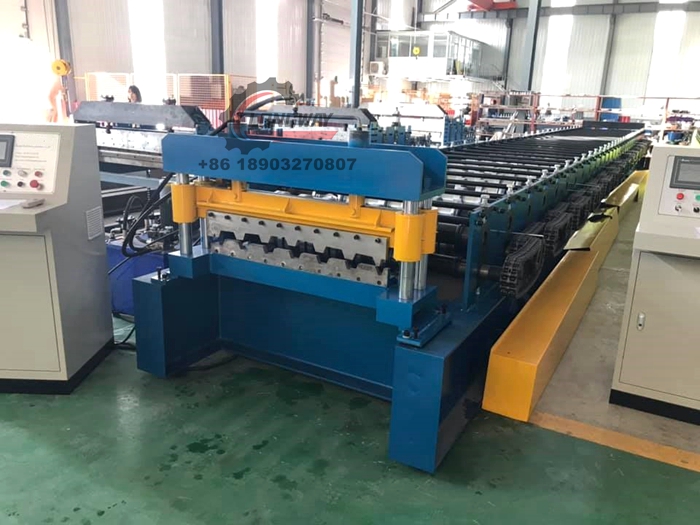 Metal roofing machines owe their exceptional performance to advanced technology and innovative design. From high-strength steel construction to automated production systems, these machines showcase efficiency, durability, and environmental consciousness. This article explores their diverse applications, impact on energy consumption, and the challenges and prospects in the industry.Daha çox oxu
Metal roofing machines owe their exceptional performance to advanced technology and innovative design. From high-strength steel construction to automated production systems, these machines showcase efficiency, durability, and environmental consciousness. This article explores their diverse applications, impact on energy consumption, and the challenges and prospects in the industry.Daha çox oxu -
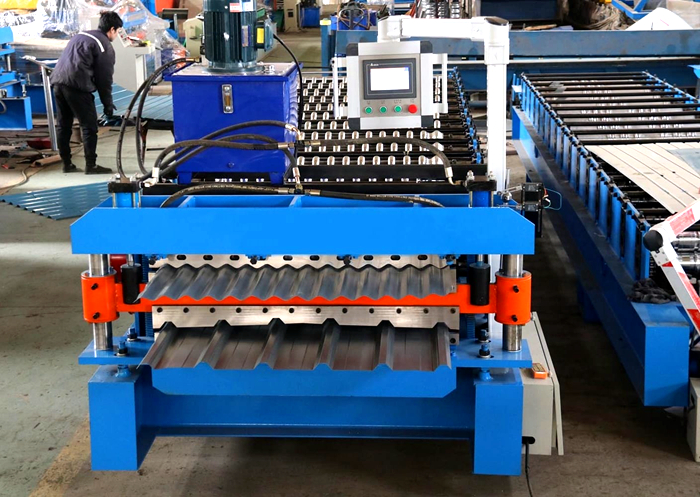 Roll forming machines are widely used in the manufacturing industry for producing various types of metal products. These machines use a series of rollers to shape and form metal sheets into different shapes and sizes. The precision and versatility of roll forming machines make them an essential tool for shaping the future of manufacturing.Daha çox oxu
Roll forming machines are widely used in the manufacturing industry for producing various types of metal products. These machines use a series of rollers to shape and form metal sheets into different shapes and sizes. The precision and versatility of roll forming machines make them an essential tool for shaping the future of manufacturing.Daha çox oxu -
 Exploring the Dynamics and Benefits of Light Steel Ceiling FormingThis article delves into the inner workings and advantages of the Light Steel Ceiling CU Channel Roll Forming Machine. Discover how this machine achieves efficient production and precise forming, enticing readers to explore its capabilities for their manufacturing needs.Daha çox oxu
Exploring the Dynamics and Benefits of Light Steel Ceiling FormingThis article delves into the inner workings and advantages of the Light Steel Ceiling CU Channel Roll Forming Machine. Discover how this machine achieves efficient production and precise forming, enticing readers to explore its capabilities for their manufacturing needs.Daha çox oxu -
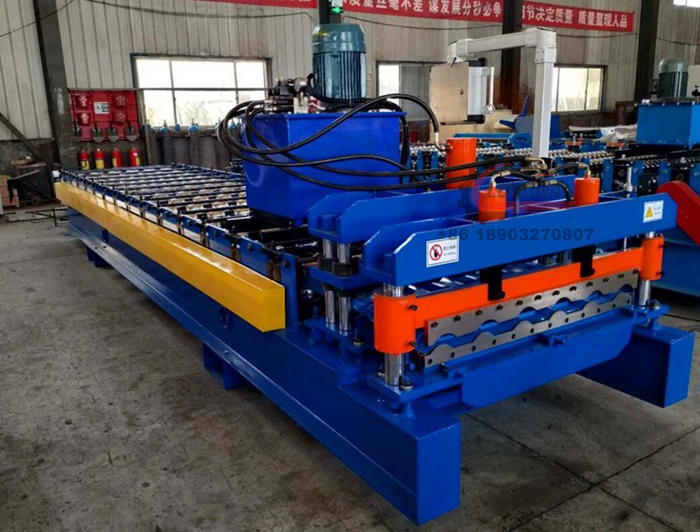 Embarking on Precision: Understanding the Essence of Roll Forming MachinesThis article unravels the intricacies of roll forming machines, delving into their operational principles and widespread applications in sectors like construction and manufacturing. Explore how these machines intricately bend and press metal sheets continuously to craft the desired shapes and dimensions.Daha çox oxu
Embarking on Precision: Understanding the Essence of Roll Forming MachinesThis article unravels the intricacies of roll forming machines, delving into their operational principles and widespread applications in sectors like construction and manufacturing. Explore how these machines intricately bend and press metal sheets continuously to craft the desired shapes and dimensions.Daha çox oxu
